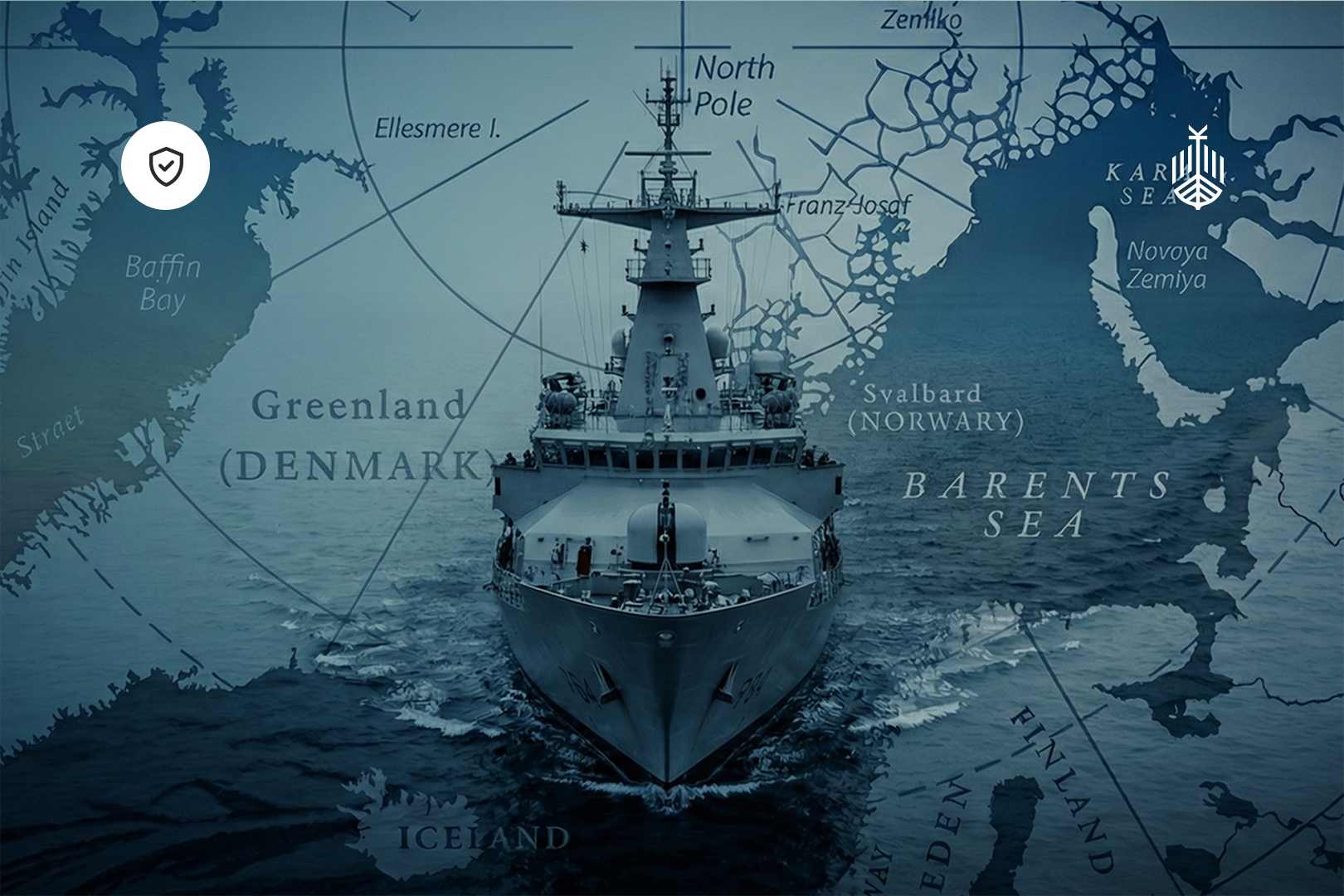In an era dominated by mass rearmament and escalating tensions, “Beyond Mass: Asymmetric Innovation for Smart Deterrence” argues that true strategic advantage lies not in scale, but in intelligence. Drawing parallels to World War II code-breaking and the asymmetric triumphs of Bletchley Park, the article explores how emerging technologies: AI, quantum sensing, nuclear fusion, novel manufacturing, and brain-machine fusion could redefine deterrence in the 21st century. It warns against falling into a “sustainable war” paradigm as imagined in Ghost in the Shell, where conflict becomes perpetual and automated. Instead, it calls for a deliberate use of these innovations to build collaborative intelligence, strengthen resilience, and deter war through superior foresight – not superior firepower.
Wars Are Won by Minds, Not Machines
Today, the military imagination is once again captured by hardware: missile batteries, hypersonics, drone swarms. Yet history reminds us that understanding, anticipation, and timely response matter more than mass. As nations scramble to assemble ever-larger stockpiles of missiles, drones, and fighter jets, we risk reliving a familiar mistake: prioritizing mass over mind. History teaches a different lesson. During World War II, Germany launched the Blitzkrieg – a lightning-fast, radio-commanded offensive that threatened to overwhelm Allied forces.
Yet the Allies responded not merely with more tanks, but with game-changing asymmetric technologies: radar networks, Enigma codebreaking, and mass production of smarter, not bigger, prevailed. At Bletchley Park, a fusion of human intuition and early computation created the most potent asymmetric weapon of the era – actionable knowledge. The Allies’ ability to read encrypted communications through the cracking of the Enigma machine shortened the war by an estimated two years and saved millions of lives.
In an age of quantum sensing, AI-powered intelligence, and brain–machine fusion, we stand on the brink of a new era of strategic asymmetry. One that could deter conflict before it begins, and even transform warfare into diplomacy.
Code-Breaking in WWII: The Ultimate Asymmetric Weapon
The German military relied on the Enigma machine to encrypt its communications, believing its complexity rendered it unbreakable. But a small group of British and Polish mathematicians, linguists, and engineers turned that belief into a fatal vulnerability. Alan Turing’s team at Bletchley Park developed early computational devices – proto-AIs, in a sense – that decoded German operations in near-real time.
Yet the true asymmetry was not in machines alone. It was in human-machine cooperation. Turing’s team combined pattern recognition, contextual interpretation, and computational logic – long before the term “AI” existed. Their insights allowed the Allies to reroute convoys, avoid U-boat ambushes, and strike precisely when the enemy was exposed. The raw numbers – more tanks, more guns – became irrelevant. What mattered was knowing when, where, and how to act.
From Bletchley to the Brain-Machine Age
Today, we face new forms of encrypted conflict: cyber intrusions, disinformation operations, and autonomous weapon systems that operate faster than human decision cycles. Just as Turing’s team had to “out-think” machines, we must now design systems that extend human cognition – not replace it.
The emerging frontier is human-AI fusion. From brain-computer interfaces that allow real-time mental control of unmanned systems, to wearable AI companions that interpret battlefield signals faster than any analyst, we are building a new kind of intelligence ecosystem.
Used correctly, AI doesn't dehumanize warfare – it rehumanizes decision-making. It augments our cognitive limits, identifies unseen patterns, and provides probabilistic forecasts in chaotic environments. And like the Enigma breakthroughs of WWII, this capability can be wielded not for conquest, but for deterrence: to anticipate conflict, understand intent, and de-escalate before the first missile launches.
Quantum, Fusion, and the Next Level of Intelligence-Driven Deterrence
While the human-machine symbiosis is central, it gains force when paired with other emerging asymmetries:
• Quantum sensing can detect subsurface or stealth assets once thought invisible, turning terrain into a transparent battlespace.
• Nuclear fusion promises resilient energy grids immune to conventional targeting - disincentivizing strategic strikes.
• Novel manufacturing allows for decentralized, on-demand production of both defence and humanitarian tools, enhancing crisis response.
• Advanced resource processing enables sovereignty in strategic materials, reducing supply-chain coercion.
Together, these systems form an intelligent deterrence architecture: adaptive, distributed, and predictive. This isn't about overwhelming adversaries with volume, but outmanoeuvring them with insight.
Ghost in the Shell and the Ethics of Perpetual War
The fictional universe of Ghost in the Shell imagined a dark possibility: a “Sustainable War” managed by AI – a selfperpetuating conflict justified as economic necessity and orchestrated by post-human intelligence. In this world, war loses its moral weight and becomes background noise – managed, not mourned.
This isn’t just science fiction. As AI, automation, and predictive systems take greater roles in defence, the risk is that we enable just enough war to sustain itself – without ever resolving the core tensions that drive it. That is why how we use these technologies matters as much as what we build.
The antidote to perpetual war isn’t AI disarmament – it is AI accountability, paired with an emphasis on collaborative intelligence. Shared forecasting platforms, cooperative sensing systems, and AI-mediated diplomacy can shift the paradigm. When two sides share a model of escalation risk, they may find new space for agreement.
Conclusion: Intelligence for Peace
Just as Bletchley Park proved that minds – not machines – win wars, our generation faces a similar inflection point. Artificial intelligence, quantum sensors, brain-machine fusion, and fusion energy could be marshalled to build autonomous weapons – or to empower a new form of pre-emptive diplomacy.
The question is not whether we build these tools. We will. The question is whether we wield them as weapons, or as warnings.
If we choose the latter – if we invest in intelligence not just to fight smarter, but to avoid fighting at all – we may find ourselves not in a new World War, but in a new era of smart deterrence.
References
Swayne M. U.S. Defense Intelligence Flags Rivals’ Growing Military Use of Quantum Tech. The Quantum Insider. Published May 27, 2025. Source »
Sustainable War. Ghost in the Shell Wiki. Published 2025. Source »
How Alan Turing Cracked The Enigma Code. Imperial War Museums. Published 2025. Source »














